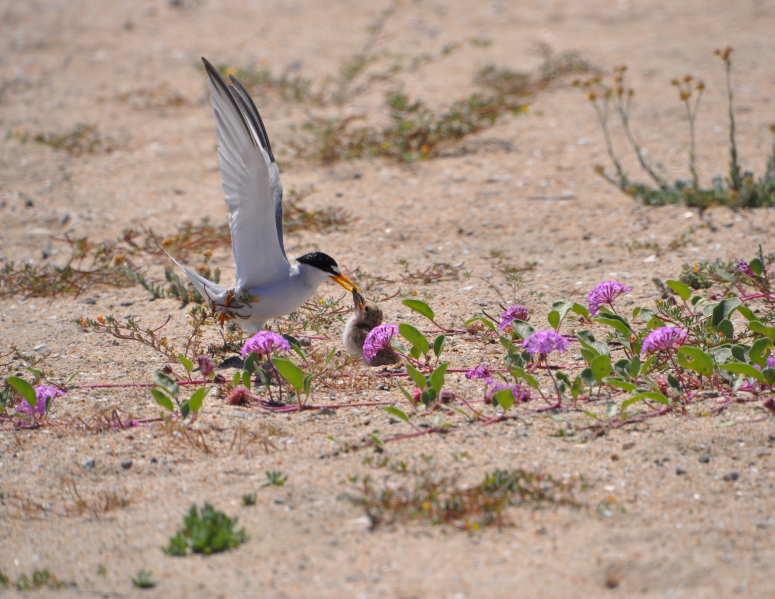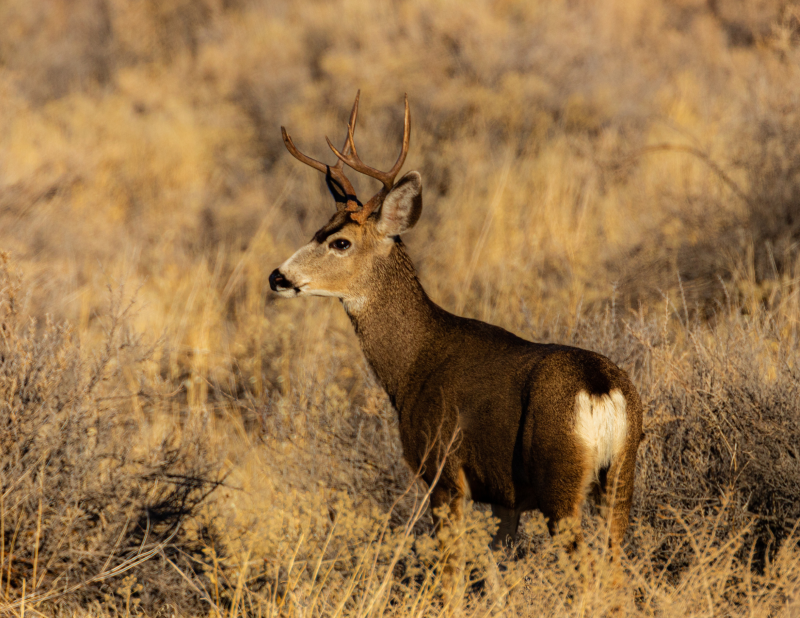Feral Pig Monitoring in San Diego County
The goal of IEMM’s feral pig monitoring program is to inform the strategy and actions of a county-wide cooperative eradication effort of wild pigs.
To respond to this growing threat in San Diego County, public land management agencies began working together. The Feral Pig Working Group was created, including 11 state, local, federal, and tribal government agencies.
As a member of the Working Group, IEMM leads the feral pig monitoring program, which includes:
-
establishment of a grid-based monitoring strategy
-
placement and maintenance of permanent camera monitoring stations
-
gathering track and sign data in the field and from project partners
-
collection of negative survey results
-
maintenance of a master database of all pig-related data
-
data analysis and management recommendations
Learn more about this project
An Overview of San Diego County’s Ongoing Feral Pig Eradication Project
County of San Diego Targeted Monitoring Plan
Project Partner
County of San Diego Department of Parks and Recreation
Project Funders
Content Container
More Population and Landscape Management and Conservation Projects







